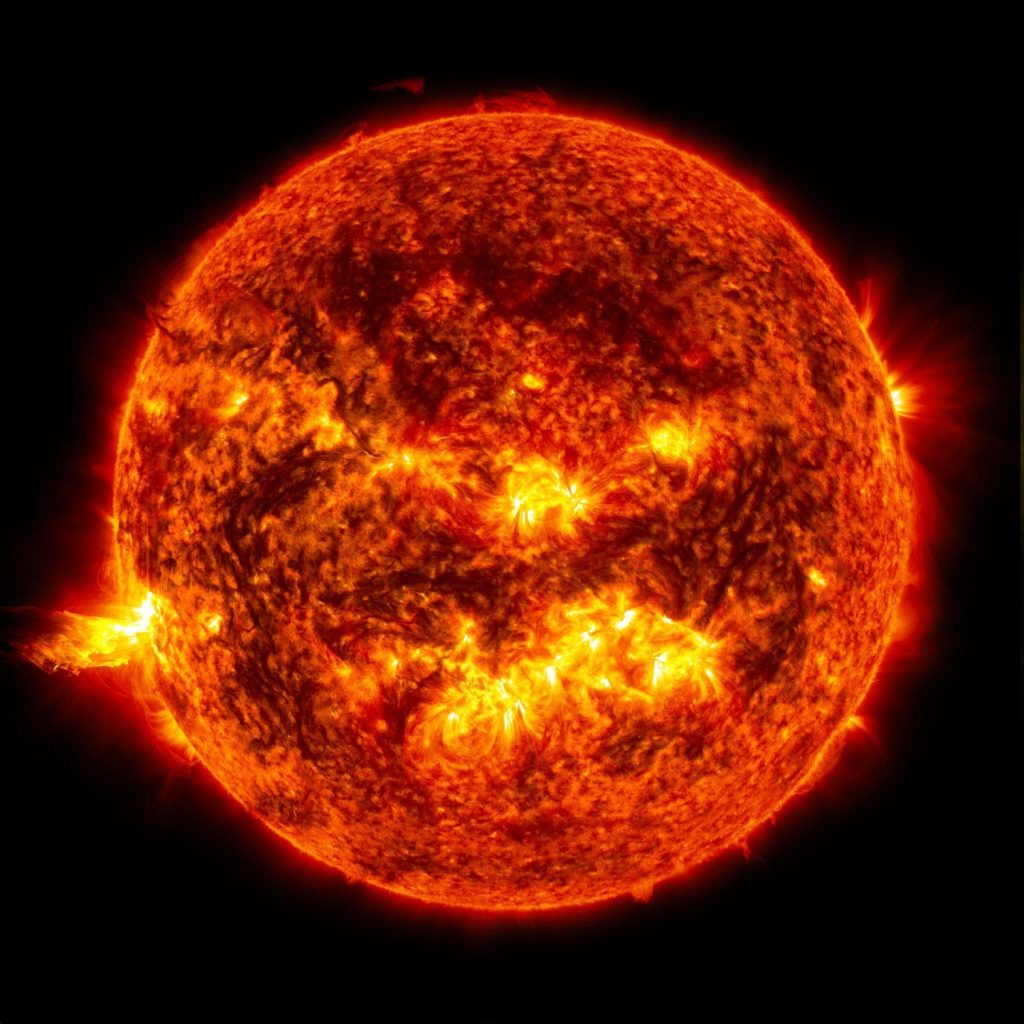University of Hawaiʻi Institute for Astronomy researchers crack mystery of solar rain
Did you know it rains on the sun? If you consider between 8,540-degree and 12,140-degree liquid plasma — which is significantly cooler than its surroundings which is millions of degrees — back down to the sun as “rain,” anyway.
Either way, we now — finally — even know why coronal rain happens because of new research at the University of Hawaiʻi Institute for Astronomy.

Unlike water that falls as rain on Earth, solar rain happens in the sun’s corona, a region of super-hot plasma above our star’s surface.
This “rain” consists of cooler, denser blobs of plasma that fall back down after forming high in the coronae.
For decades, scientists struggled to explain how this plasma-fall forms so quickly during solar flares — until a new explanation precipitated by an astronomer and a student at the Institute for Astronomy on the University of Hawaiʻi at Mānoa campus in Honolulu cracked the mystery.
Institute first-year grad student Luke Benavitz and institute astronomer Jeffrey Reep had their work — which adds a missing piece to decades of solar models — recently published in the Astrophysical Journal.
“At present, models assume that the distribution of various elements in the corona is constant throughout space and time, which clearly isn’t the case,” said Benavitz in a university press release about the discovery. “It’s exciting to see that when we allow elements like iron to change with time, the models finally match what we actually observe on the sun.”
The new finding means solar scientists can better model how the sun behaves during flares, insights that could one day help predict space weather that affects our daily lives.
“It makes the physics come alive in a way that feels real,” Benavitz said.
Earlier models required heating during hours or days to explain coronal rain; however, solar flares can happen in just minutes.
The Institute for Astronomy team’s work shows that shifting elemental abundances can explain how rain can quickly form.
“This discovery matters because it helps us understand how the sun really works,” said Reep in the release.
This research opens the door to a much wider range of questions — and gives researchers room for fresh insights.
Scientists now know that elemental abundances in the sun’s atmosphere should change with time, which challenges long-standing models that assumed they were fixed.

This means the discovery reaches far beyond coronal rain, pushing researchers to rethink how the sun’s outer layers behave and how energy moves through its atmosphere.
“We can’t directly see the heating process, so we use cooling as a proxy. But if our models haven’t treated abundances properly, the cooling time has likely been overestimated.” Reep said. “We might need to go back to the drawing board on coronal heating, so there’s a lot of new and exciting work to be done.”
Check out a short video online of the solar rain.



